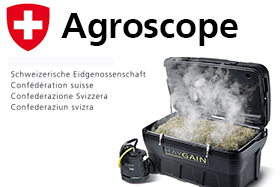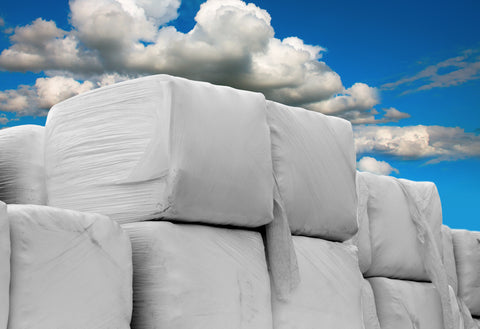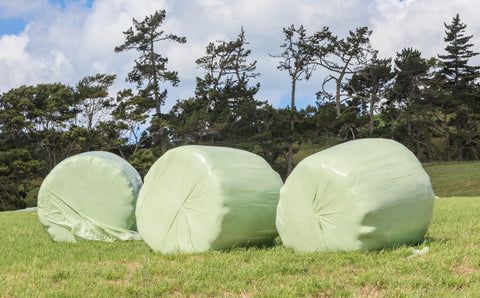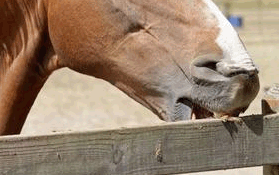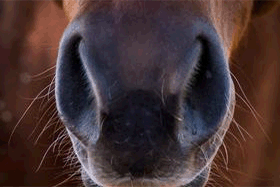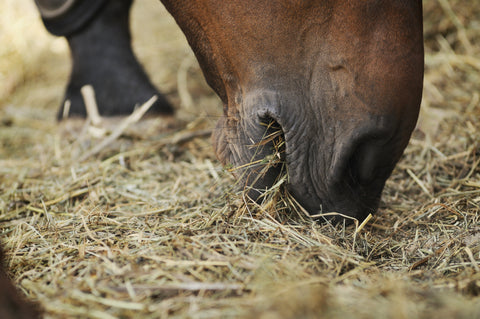Swiss government institute finds benefits of Haygain steamed hay remain in place for up to three days
Several studies have demonstrated how steaming hay significantly reduces respirable particles such as bacteria, mould, yeast and fungal spores. Now a study at Agroscope, Switzerland’s centre of excellence for agricultural research, and affiliated with the Swiss Federal Office for Agriculture, has also shown that this reduction actually remained in place for three days after steaming.
Study
A scientific study by Wyss, U. and Pradervand, N. (2016) measured the extent the microbiological quality of hay could be improved with steaming or soaking and how the ingredients could be influenced.
Two different hay samples were used for this experiment.
For steaming, the Haygain hay steamer was used. Samples were taken from the starting material, immediately after steaming, and after the steamed hay was stored for three days.
For soaking, hay was soaked for 5 minutes, 1 hour, 6 hours and 24 hours. In addition, a further sample was taken in the hay soaked for five minutes three days later.
The microbiological quality (aerobic mesophilic bacteria, mould, fungi, yeasts) and the ingredients were investigated in the various samples from steamed hay and soaked hay using the near infrared light (NIRS) method.
Results
After steaming, aerobic mesophilic bacteria, moulds and yeasts decreased, and the values did not increase even during the sampling period three days after steaming.
It looked different in soaking. Here the microbial and bacterial contents did not decrease significantly with a 5 minute soak. The microbial and bacterial contents and yeasts, increased sharply with increasing duration of soaking. In the soaked hay samples, in which the bacterial content was determined only after three days, the feed was actually warm during sampling. These samples showed very high bacterial counts and were considered to be highly spoiled and unsuitable to feed.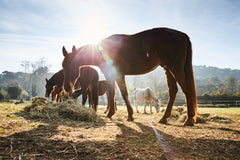
The sugar content also decreased as a result of the soaking. This is likely to be due to leaching and the activity of the yeasts, which have reduced a portion of the sugar. The results of this study coincide with the results obtained from Moore-Colyer et al. (2016).
It’s important to note, that, despite the encouraging results found by the Swiss government institute, Haygain continues to recommend that steamed hay is best fed immediately or up to 24 hours post-steaming – this is a practical window to use the hay and well within the parameters in which peer-reviewed research has shown the benefits of steaming are still present.
Sources:
Wyss, U. and Pradervand, N. (2016) Steaming or Soaking. Agroscope Science. Nr 32 p32-33.
Moore-Colyer M.J.S, Tayler J.L.E. And James R., 2016. The Effect of Steaming and Soaking on the Respirable Particle, Bacteria, Mold, and Nutrient Content in Hay for Horses. Journal of Equine Veterinary Science, 39, 62-68.

